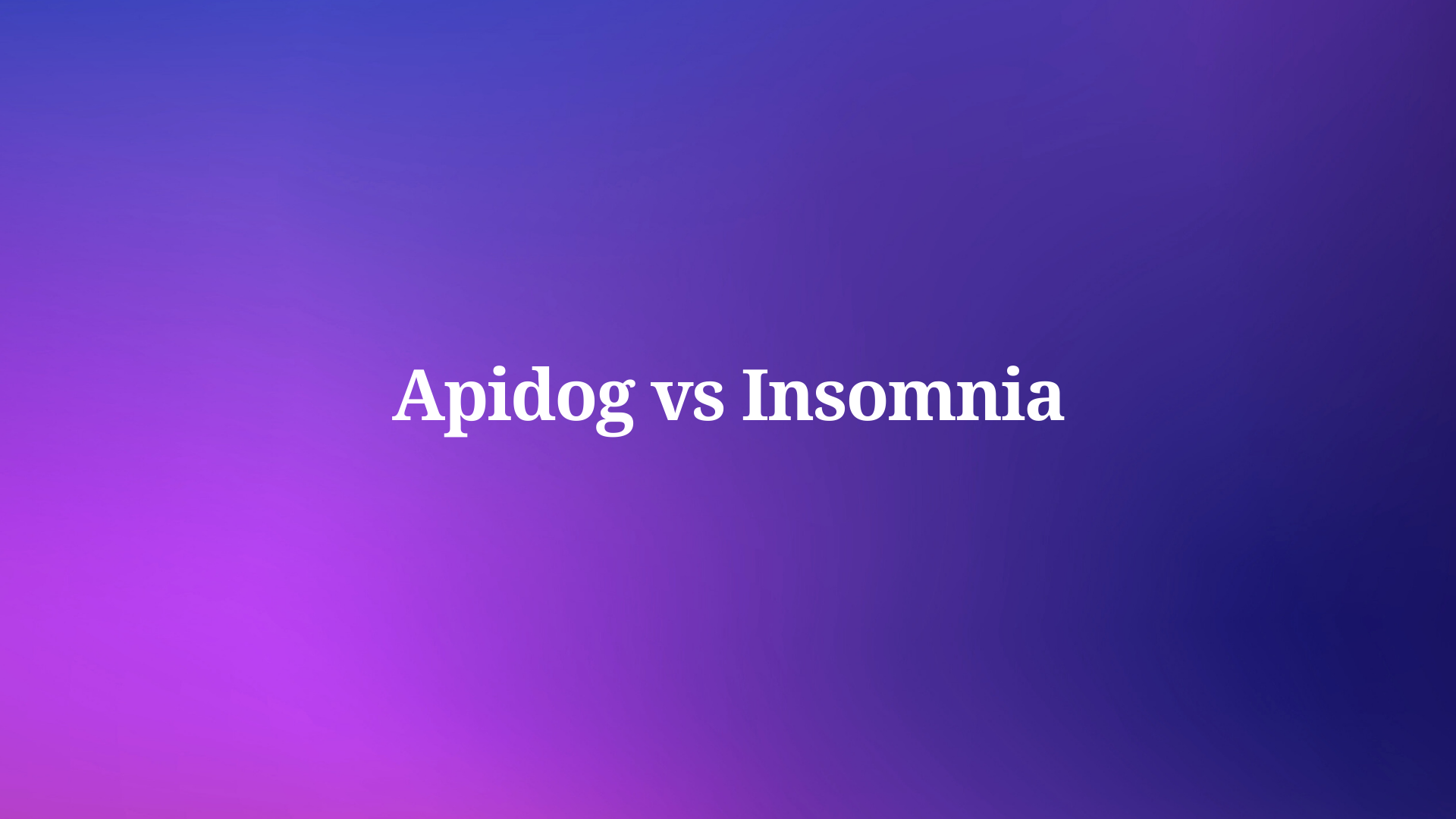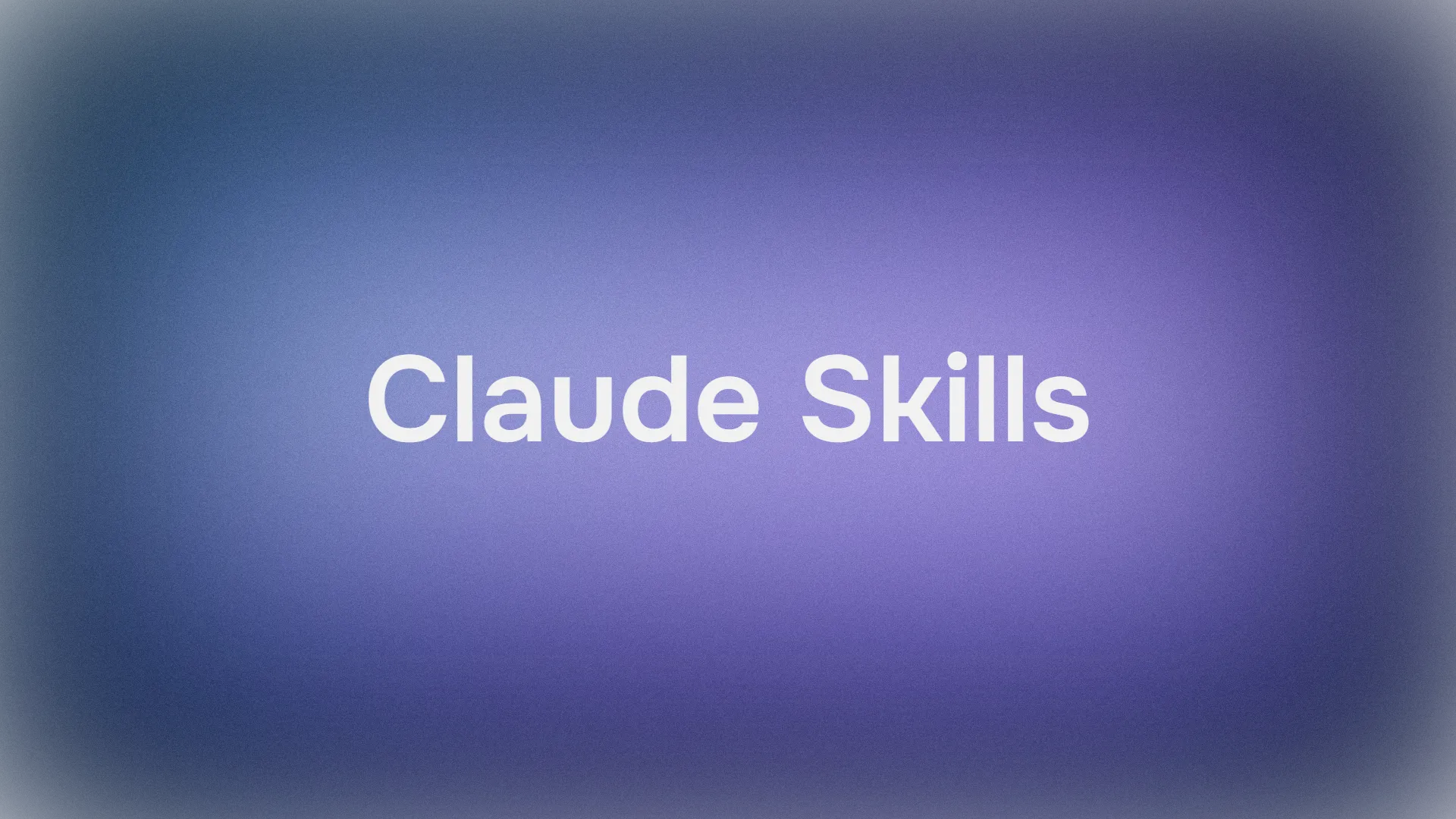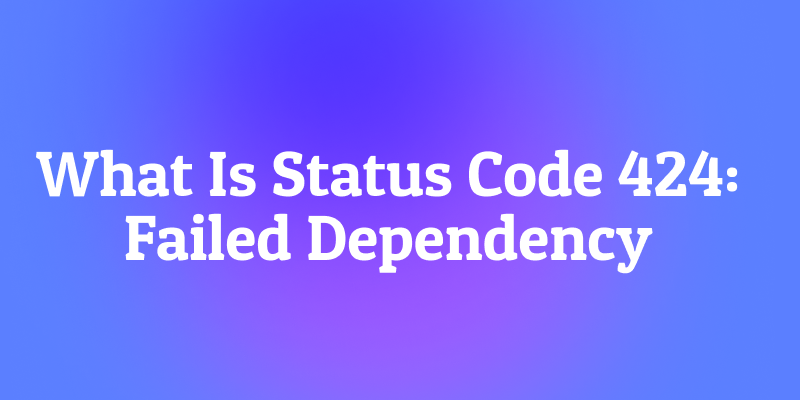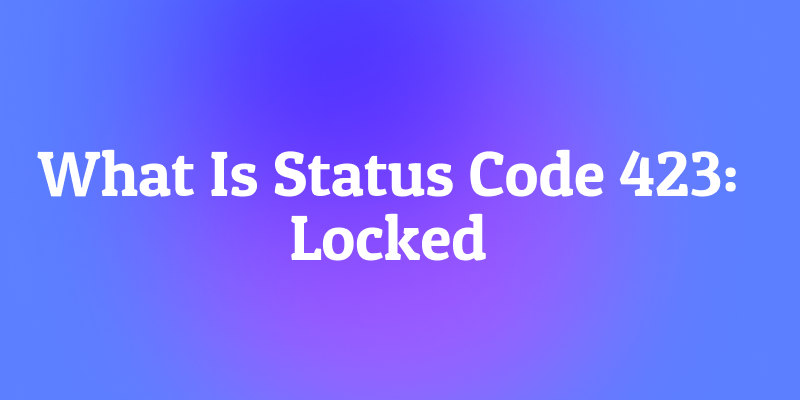Developers today rely on robust tools to manage the complexities of API creation and maintenance. Apidog and Insomnia stand out as powerful options that address these needs, each bringing unique strengths to the table. Apidog integrates multiple functionalities into a single platform, while Insomnia focuses on a streamlined, developer-centric experience. As teams shift toward faster iterations and collaborative environments, choosing the right tool impacts productivity significantly. Moreover, small differences in user interface or automation capabilities often determine long-term adoption.
Transitioning from general overviews, let's examine what each tool offers at its core.
Understanding Apidog: An All-in-One API Platform
Apidog serves as a comprehensive solution for API lifecycle management. Teams use it to design APIs visually, incorporating reusable components and OpenAPI standards right from the start. This approach ensures specifications align before any code gets written, reducing errors downstream.
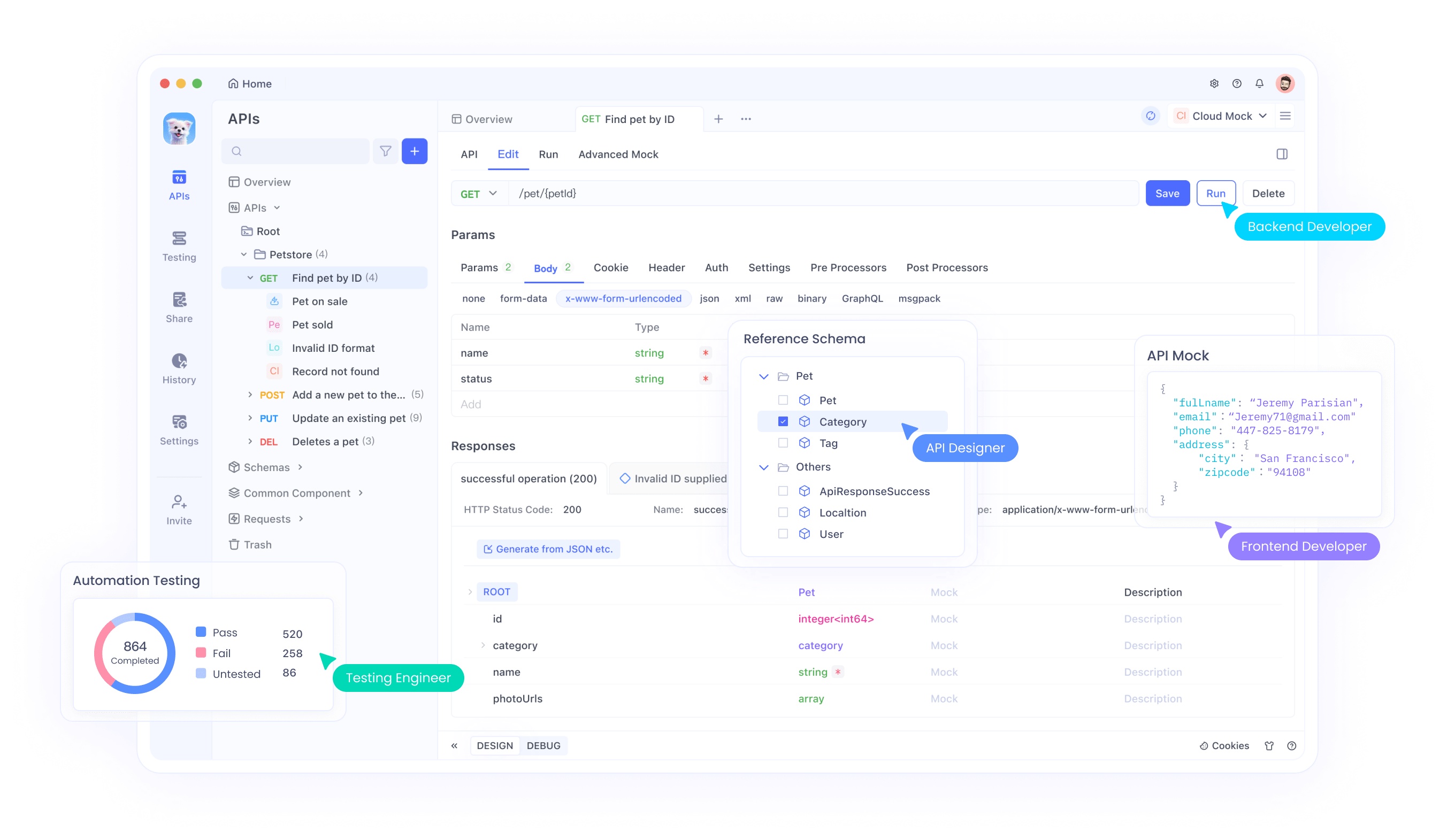
Furthermore, Apidog excels in debugging. Developers validate APIs against specs, catching inconsistencies early. The platform generates test scenarios with low-code assertions, branching logic, and CI/CD integration, allowing automated flows that simulate real-world usage.
In addition, Apidog's mock server generates realistic responses based on API definitions. Frontend teams proceed independently, without waiting for backend completion. Documentation auto-generates interactively, complete with "Try It Out" buttons, code samples, and versioning options.
Apidog supports REST, GraphQL, and other protocols, with strong compatibility for importing from tools like Postman. Users praise its intuitive interface, which organizes endpoints by business domains for clarity. However, as a newer entrant, it may lack the extensive community plugins seen in more established alternatives.
Shifting focus, Insomnia provides a different yet complementary set of capabilities.
Exploring Insomnia: A Sleek Open-Source API Client
Insomnia functions as a collaborative platform for debugging, designing, and testing APIs across protocols like HTTP, gRPC, GraphQL, WebSockets, and Server-Sent Events. Developers appreciate its minimalist design, which prioritizes ease without overwhelming features.

Insomnia enables request organization into collections, reflecting workflows or data models. Environment variables handle authentication, tokens, and session IDs, reusable across local or production setups. The tool supports local Git and cloud storage, ensuring flexibility in data management.
Additionally, Insomnia includes unlimited private projects and a collection runner for testing. Mocking occurs via cloud or self-hosted servers, while plugins extend functionality—over 350 open-source options exist. Security features like end-to-end encryption and private environments protect sensitive data.
Nevertheless, users report limitations in advanced reporting and integration, with premium features requiring paid upgrades. Recent updates, such as version 8.0, have introduced data import issues for some, highlighting potential stability concerns.
With these foundations in mind, a direct comparison reveals key distinctions.
Apidog vs Insomnia: Core Features Head-to-Head
Both tools facilitate API development, but their implementations vary. Developers compare them based on design, testing, mocking, documentation, and collaboration. Let's break this down systematically.
API Design Capabilities
Apidog leads with a visual editor that supports JSON Schema and reusable components. Teams craft APIs intuitively, enforcing design-first principles. This synchronization propagates changes across the lifecycle, minimizing rework.
In contrast, Insomnia offers design tools through OpenAPI specs and a scratch pad for quick iterations. It validates endpoints against schemas but lacks Apidog's depth in visual crafting. However, Insomnia's plugin ecosystem allows extensions for custom design needs.
Overall, Apidog suits teams emphasizing upfront design, while Insomnia appeals to those preferring lightweight, extensible setups.
Testing and Debugging Tools
Apidog automates testing extensively. It creates low-code scenarios with assertions, validates responses, and integrates with pipelines. Data-driven testing and visual assertions handle complex flows, including database operations.
Insomnia's collection runner executes tests efficiently, supporting automation via CLI for CI/CD. It debugs with real-time response views and supports multiple protocols natively. Yet, advanced analysis requires premium add-ons, unlike Apidog's built-in robustness.
Consequently, Apidog handles enterprise-scale testing better, but Insomnia's simplicity accelerates basic debugging.
Mocking and Simulation Features
Apidog's smart mock server auto-generates data from field names, supporting local and cloud modes. This enables realistic simulations without scripts, ideal for parallel development.
Insomnia mocks via servers that simulate endpoints, configurable for various scenarios. It integrates with Git for versioned mocks but may require more manual setup compared to Apidog's automation.
Thus, Apidog streamlines mocking for efficiency, whereas Insomnia offers flexibility through openness.
Documentation Generation
Apidog publishes interactive docs automatically, with sharing, custom domains, and versioning. These stay synced with specs, featuring code samples in multiple languages.
Insomnia generates docs from exports or plugins, like the Documenter for beautiful pages. However, it lacks Apidog's seamless auto-sync, relying on manual updates.
As a result, Apidog excels in maintaining living documentation, beneficial for large teams.
Collaboration and Integration
Apidog fosters teamwork with real-time sharing, version control, and Postman compatibility. It organizes microservices logically within workspaces.
Insomnia supports collaboration via cloud sync, Git, or organizations in paid plans. Role-based access and SSO enhance enterprise use, with plugins for third-party tools.
Both integrate well, but Apidog's all-in-one nature reduces tool-switching, while Insomnia's open-source roots encourage custom integrations.
To visualize these differences, consider the following table:
| Feature | Apidog | Insomnia |
|---|---|---|
| API Design | Visual editor, reusable components, OpenAPI support | Schema validation, scratch pad, plugins |
| Testing | Low-code automation, CI/CD integration, visual assertions | Collection runner, CLI, basic automation |
| Mocking | Smart auto-generation, local/cloud | Configurable servers, Git integration |
| Documentation | Auto-generated, interactive, versioned | Plugin-based, exportable |
| Collaboration | Real-time, workspaces, imports | Cloud/Git sync, RBAC, SSO |
| Protocols Supported | REST, GraphQL, others | HTTP, gRPC, GraphQL, WebSockets, SSE |
This comparison underscores how Apidog provides depth, while Insomnia emphasizes accessibility.
Moving forward, pricing plays a crucial role in selection.
Pricing Models: Apidog vs Insomnia
Apidog offers a free version with full professional features, no time limits. Paid plans start at $12 per user/month for advanced team management, scaling for enterprises.
Insomnia provides a generous free tier, including unlimited projects and support for multiple protocols. Premium plans unlock unlimited collaboration, Git Sync, and organizations, with pricing available on their site (typically starting around $5-10/user/month for basics, higher for enterprise).
Free tiers make both accessible, but Apidog's unrestricted free access edges it for budget-conscious users. However, Insomnia's open-source core appeals to those avoiding vendor lock-in.
Next, weigh the advantages and drawbacks.
Pros and Cons of Apidog
Pros:
- Comprehensive all-in-one platform reduces tool fragmentation.
- User-friendly interface accelerates onboarding.
- Strong automation in testing and mocking saves time.
- Excellent compatibility with existing tools like Postman.
- Free version includes all pro features.
Cons:
- As a newer tool, community support grows but lags behind veterans.
- Advanced customizations may require learning proprietary elements.
- Potential overkill for simple, solo projects.
Pros and Cons of Insomnia
Pros:
- Open-source with extensive plugins for customization.
- Minimalist design promotes focused workflows.
- Flexible storage options (local, Git, cloud) enhance security.
- Broad protocol support covers diverse needs.
- Free tier suffices for most individual developers.
Cons:
- Limited advanced features in free plan, pushing upgrades.
- Update issues, like version 8.0 data losses, affect reliability.
- Weaker built-in reporting and analysis.
- Integration constraints for some third-party tools.
- Higher costs for enterprise-grade collaboration.
These factors guide use case alignment.
Ideal Use Cases for Apidog
Teams building complex APIs benefit from Apidog. For instance, enterprises with microservices use its versioning and workspaces to manage scale. Startups appreciate the free, full-featured access for rapid prototyping. Developers migrating from Postman find seamless imports, enabling quick transitions.
In practice, a dev team designs an e-commerce API in Apidog, mocks endpoints for frontend work, automates tests in CI/CD, and shares docs with stakeholders—all without switching apps.
Ideal Use Cases for Insomnia
Individual developers or small teams favor Insomnia for quick testing. Security-focused organizations leverage local vaults and encryption. Open-source enthusiasts extend it via plugins for niche needs, like custom auth or integrations.
For example, a freelance developer tests GraphQL endpoints in Insomnia, organizes requests in collections, and uses the CLI for automated linting in pipelines.
Performance and User Experience Insights
Users report Apidog's responsive interface handles large projects smoothly, with intuitive navigation. Its color-coded organization refreshes workflows, and code generation supports multiple languages.
Insomnia's performance shines in lightweight scenarios, rarely crashing even with extensive use. The clean UI minimizes distractions, though some find the plugin setup cumbersome.
Feedback from reviews indicates Apidog scores high on efficiency (e.g., auto-mock changes per request), while Insomnia excels in privacy.
Security Considerations in Apidog and Insomnia
Apidog complies with standards like ISO 27001, offering secure sharing and mock data without exposure.
Insomnia prioritizes local storage and E2EE, OWASP-compliant, making it suitable for sensitive data.
Both mitigate risks, but Insomnia's offline options provide an edge for regulated industries.
Integration with Other Tools and Ecosystems
Apidog imports Swagger/Postman collections and exports to various formats, integrating with Jenkins for CI/CD.
Insomnia syncs with Git repos and supports IDPs like SAML, plus plugins for tools like GitHub.
This compatibility ensures neither isolates your stack.
Community and Support Resources
Apidog's growing community shares tutorials, with responsive support via docs and forums.
Insomnia boasts a mature ecosystem, GitHub contributions, and active discussions.
For troubleshooting, Insomnia's open-source nature accelerates fixes.
Future Trends and Updates for 2025
In 2025, expect Apidog to enhance AI-driven testing, per industry shifts.
Insomnia may focus on AI integrations and stability post-updates.
Both evolve, but Apidog's rapid features position it for innovation.
Making the Choice: Apidog or Insomnia?
Evaluate needs: For integrated, automated workflows, select Apidog. For customizable, secure simplicity, choose Insomnia.
Small nuances, like Apidog's auto-sync vs Insomnia's plugins, tip scales.
Ultimately, test both—Apidog's free download invites exploration.
Conclusion: Enhancing Your API Strategy
Apidog and Insomnia empower developers, each excelling in distinct areas. By understanding their strengths, teams optimize processes. Whether adopting Apidog's cohesion or Insomnia's flexibility, the right tool propels success.
